(MENAFN- SomTribune)
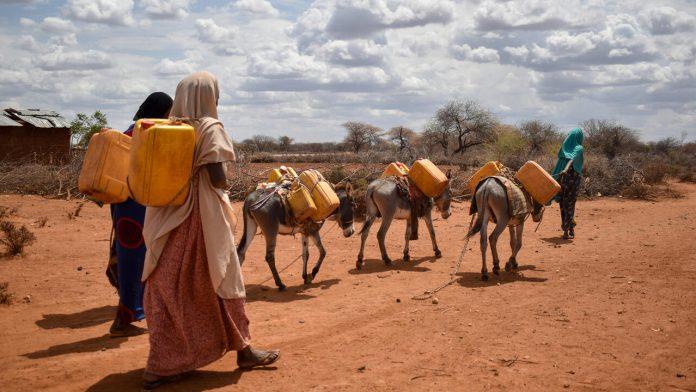
East Africa is facing its worst drought in 40 years, with over 1.4 million people displaced by drought in Somalia alone. Learn more about drought, what causes it, and how we can support those most impacted
Around the world, droughts are becoming increasingly common due to rising global temperatures-and have serious impacts, leading to crop failures, famine and malnutrition.
east africa , for example, is facing its worst drought in years, affecting 40 million people. Many are facing near-famine and malnutrition because of the drought's impact on food supplies.
Learn more about drought, what causes it, and what the IRC is doing to help in East Africa.
What is drought?
Drought is caused by a lack of rainfall, causing serious water shortages. It can be fatal.
More specifically, drought is defined by a period of unusually dry weather caused by low rainfall and high temperatures. It is also defined in terms of the impact on agriculture when crops fail due to lack of moisture in soil, leading to food shortages and serious human impacts such as famine in severe cases.
Unlike other extreme weather events that are more sudden, like earthquakes or hurricanes, droughts happen gradually. But they can be just as deadly as other weather hazards-if not more so. drought has affected more people in the last 40 years than any other natural disaster.
The severity of drought worsens over time. When it arrives, drought can last for weeks, months, or years-sometimes, the effects last decades.
What causes drought?
Droughts can be triggered by natural causes such as weather patterns. But increasingly they are caused by human activity
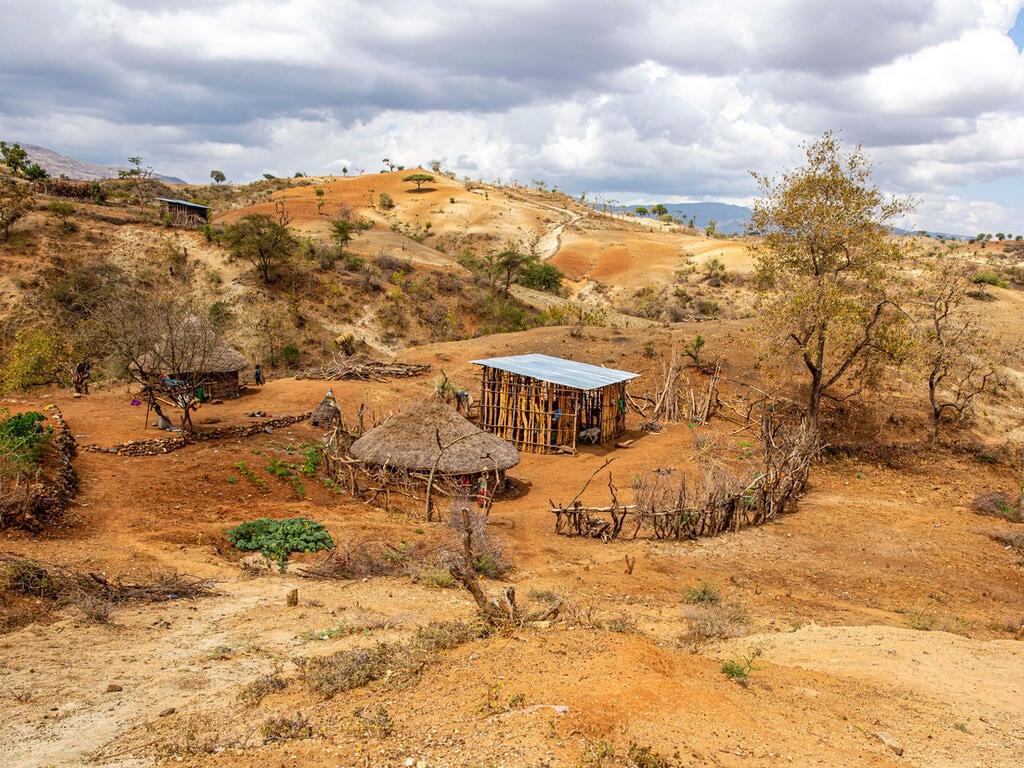
A drought-stricken displaced persons camp in Konso, Ethiopia. Droughts are becoming increasingly common as global temperatures rise. Photo: Fahmo Mohammed for the IRC
Human causes of drought
Climate change : Global warming makes extreme weather more likely. It can make places drier by increasing evaporation. When land becomes so dry, an impermeable crust forms, so when it does rain, water runs off the surface, meaning sometimes flash flooding occurs.
Deforestation : Plants and trees capture and release water into the atmosphere, which creates clouds and then rain. Scientists have observed a relationship between deforestation and drought.
Agriculture : Intensive farming contributes to deforestation in the first instance but can also affect the absorbency of the soil, meaning it dries out much more quickly.
High water demand : There are several reasons water demand might outweigh the supply, including intensive agriculture and population spikes. Also, high demand upstream in rivers (for dams or irrigation) can cause drought in lower, downstream areas.
Other natural causes of drought
Changes in ocean temperatures : El Niño and La Niña are climate patterns that can cause drought in some parts of the world. El Niño is characterized by warmer-than-average ocean temperatures in the Pacific Ocean, which can lead to drought in the southwestern United States and southern Africa. La Niña is characterized by cooler-than-average ocean temperatures in the Pacific Ocean, which can lead to drought in Australia and Indonesia.
The jet stream : The jet stream is a band of strong winds that flows high in the atmosphere. Changes in the jet stream can cause drought in some areas by bringing in dry air from other parts of the world.
How are people impacted by drought?
Risk of famine
Drought causes food insecurity when crops fail. When a substantial part of the population can no longer access food this is known as famine and results in widespread acute malnutrition, disease and death across the affected region.
East Africa is currently experiencing widespread food shortages and near-famine, with millions of children under 5 suffering from severe acute malnutrition.
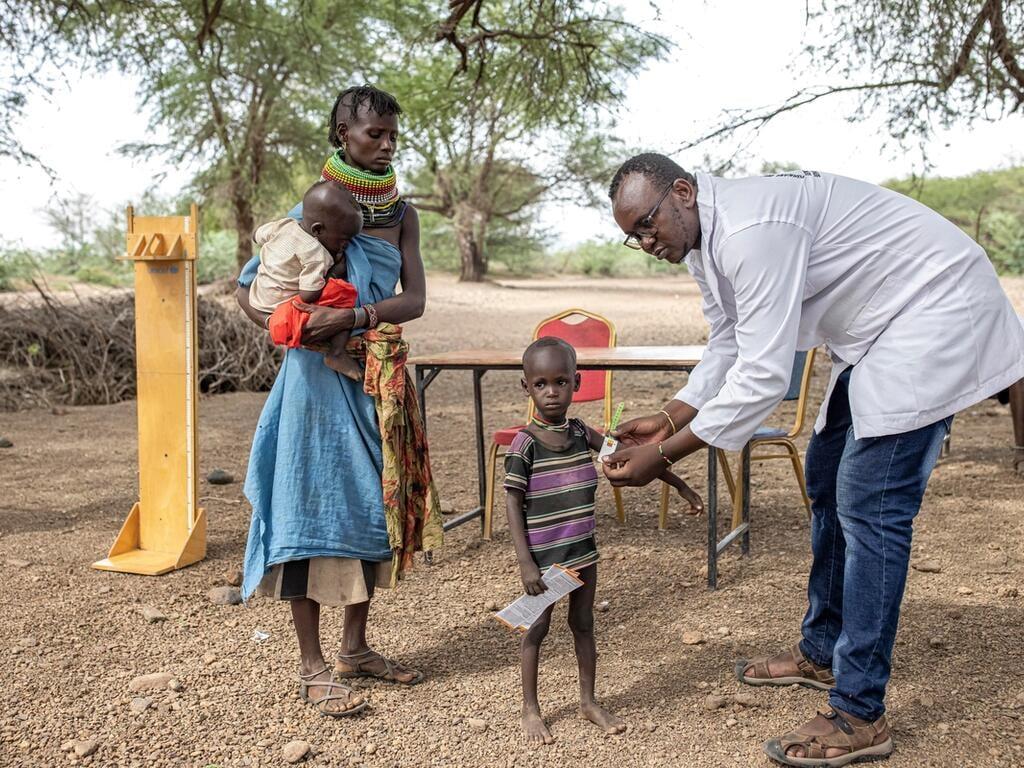
Lokiyoto watches her two-year-old son Kaliba as he is screened for malnutrition in Turkana, Kenya. She lost two children due to food shortages caused by drought.“It makes me sad when my children are sick. However they have been improving lately which makes me happy.” Photo: Patrick Meinhardt for the IRC Malnutrition
A lack of nutritious food caused by food shortages leads to acute malnutrition. Children suffering from malnutrition are a high risk category. Deprived of essential vitamins and minerals required for their proper growth, they are prone to disease, severe developmental delays and even death.
Effective treatment for children suffering from malnutrition exists, but often does not reach those most in need. The IRC has developed a simplified process for treating malnutrition in order to reach more children with lower costs.
Increase in diseases
Drought affects vital access to clean drinking water. This can lead to people drinking contaminated water, which brings about outbreaks of diseases like cholera and typhoid. These diseases can also spread in places with poor sanitation, another side-effect of having no clean water.
It can cause wildfires
Dry conditions can cause wildfires that burn remaining vegetation and endanger homes. Fires can also impact air quality and exacerbate chronic lung conditions.
People are displaced
People must travel further to find clean water. This usually falls to women and children, who must sacrifice other work and school to carry out an incredibly physical task.
Without access to clean water or food, many must permanently leave their homes in order to survive. The world health organization states ,“Water scarcity impacts 40% of the world's population, and as many as 700 million people are at risk of being displaced as a result of drought by 2030.”
It can feed into conflict
research has also found that drought exacerbates existing conflicts. People migrating en masse from areas of drought and famine can result in increased political tensions and conflict due to increased competition for resources. There is evidence that drought contributed to the conflict in syria , for example.
Flash flooding
Flooding can also be a risk in the same geographical areas that suffer from drought.
Rain after a drought sounds like it ought to be a good thing, but after a prolonged period of dryness, sudden heavy rainfall can lead to hazardous flash flooding like that seen in pakistan.
This is because droughts leave the ground hard and baked, with little to no plant cover and low soil quality, which prevents rain from saturating the ground. Instead, when waterfalls in a large quantity and at speed-like in a thunderstorm-it runs over the parched ground.
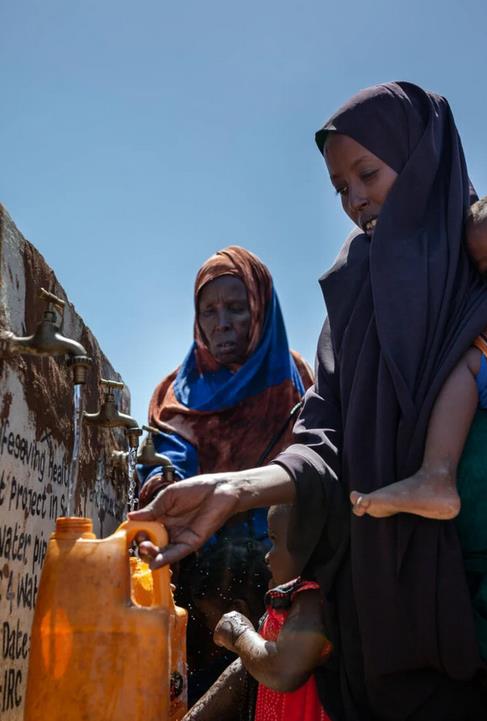
Halima's family lost her cattle to drought and now live in a camp for displaced people. In Somalia there are now 1.4 million people displaced by drought. Photo: Mustafa Saeed for the IRC Which countries are in a drought?
Droughts can occur all around the world. However, the effects of drought vary by region.
Droughts bring the most risk to areas with high-pressure weather systems that are already prone to desertification. Developing countries are also more vulnerable to the socio-economic effects of drought due to a large percentage of their population being employed in the agriculture industry.
East Africa
In Africa droughts pose a high risk and the following countries in East Africa are severely affected by drought:
Somalia where drought is leading to near-famine conditions
Kenya which has experienced a record six below average rainy seasons
Ethiopia has seen six below average rainy seasons in a drought affecting 31 million people
Over 40 million people have been impacted by the drought across East Africa. The drought affecting countries like Somalia, Kenya and Ethiopia began in October 2020. Throughout these regions, insecurity, severe drought, and an exponential increase in food prices have brought millions to the brink of famine.
“Somalia is seeing the worst of the crisis, with over 200,000 already living in the most extremes of hunger, but the challenge is regional,” says Abukar Mohamud, IRC's Deputy Director of Programs for Somalia.“Across East Africa, people are facing the worst drought in 40 years.
“People are not just dying due to a lack of food. Hunger means their weakened bodies cannot fight off diseases like diarrhea, measles or malaria, so death rates are high. Children are particularly at risk and often die at double the rate of adults. And those who survive will face ill health for the rest of their lives. The 2011 famine saw over 250,000 people die of hunger – half of whom were children.”
What is the IRC doing to help in East Africa?
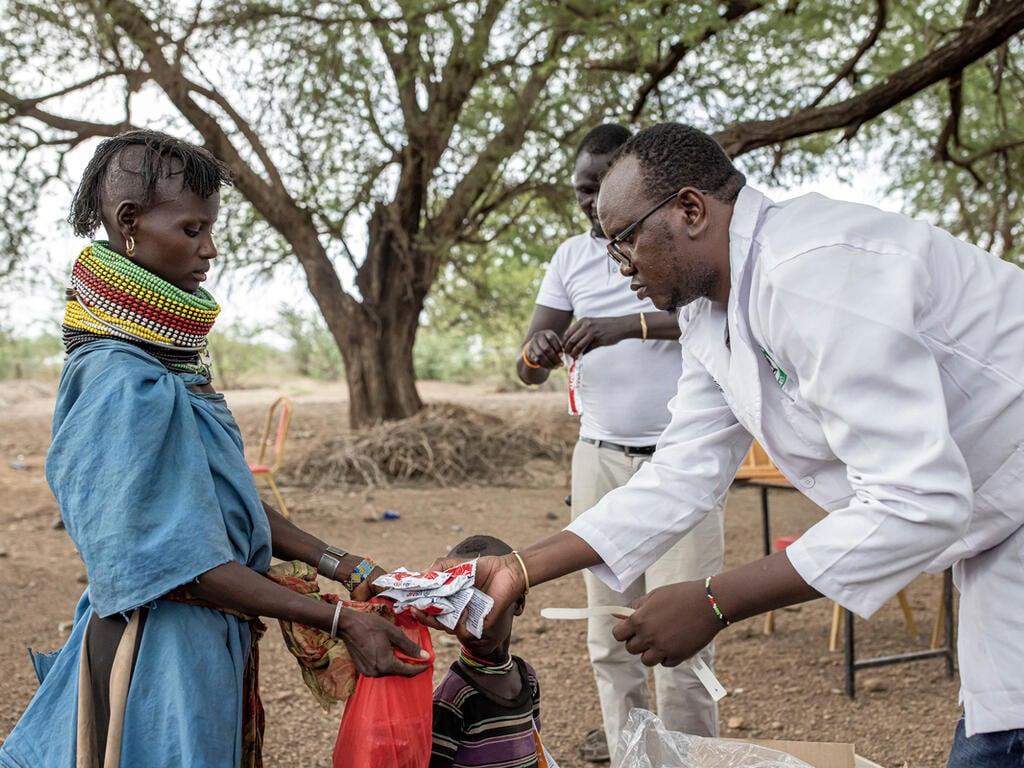
Lokiyoto recieves packets of fortified peanut paste to give to her children in Turkana, Kenya. Also known as Plumpy'Nut, the paste is highly effective for treating malnutrition. Photo: Patrick Meinhardt for the IRC East Africa is home to some of the IRC's longest-running programs globally. Today, over 2,000 IRC staff in the region are scaling up our programs to address the current drought and rising food insecurity, including expanding to new areas to meet severe needs.
This includes health programming, food and cash assistance, and providing clean water.
A new approach to treating malnutrition
Currently, 80% of malnourished children do not have access to treatment. The IRC has developed a streamlined approach for treatment so that more children can access treatment and recover. We are working to raise funds and remove blocks so that this treatment can be distributed at scale in places like East Africa.
International Rescue Committee